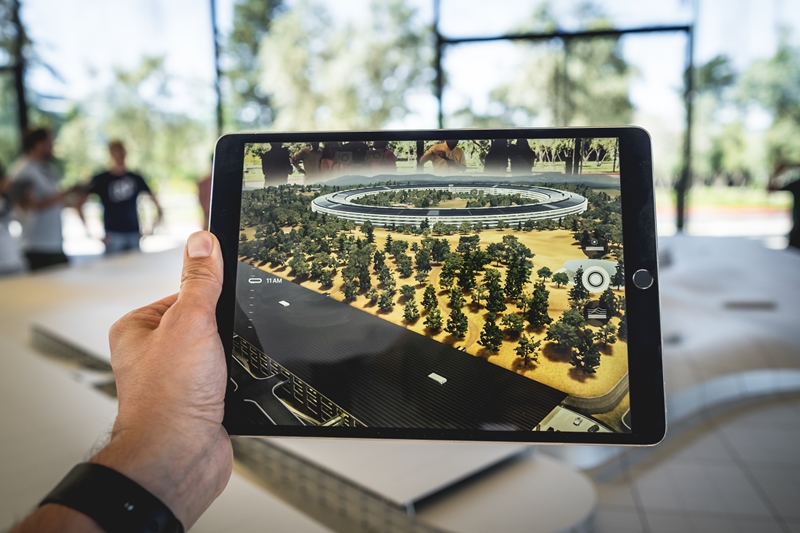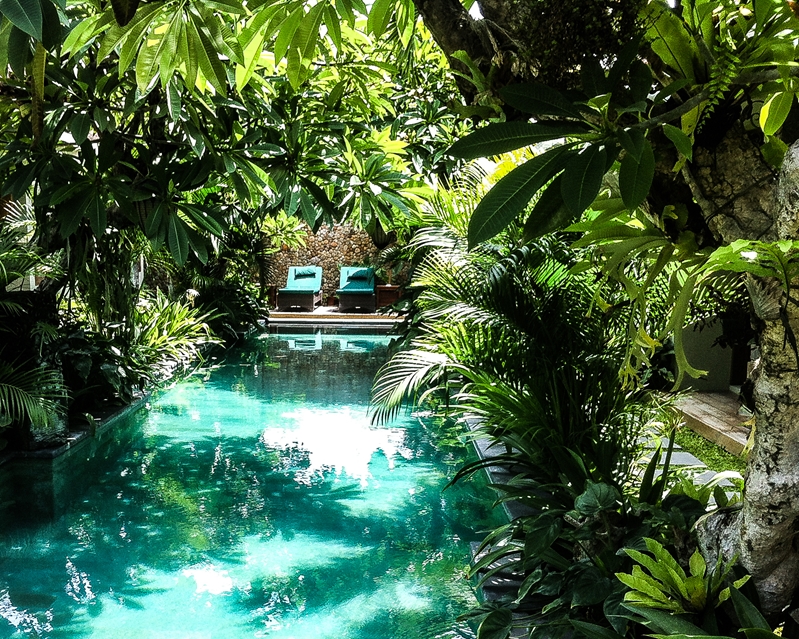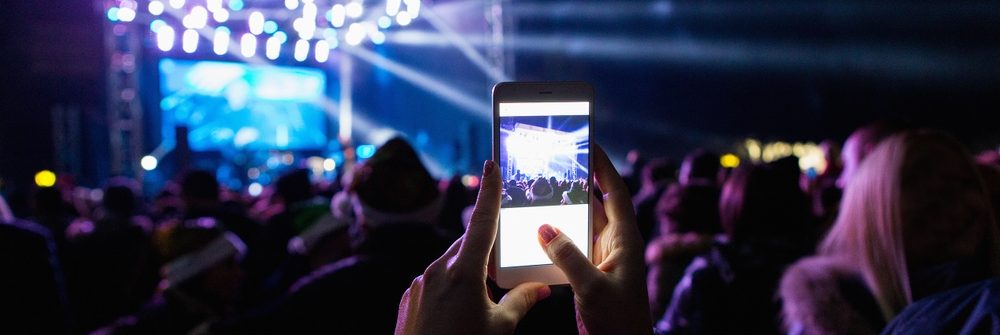The "bleisure" (business + leisure) industry is as strong as ever, with event producers and vendors aiming to out-innovate competitors and predecessors. At the same time, consumer-centric events like music festivals continue to grow larger in size and cultural impact.
These are but a few patterns seen over recent years. In 2020, a number of trends will become even more popular, affecting how event attendees interact with each other, sponsors and brands.
Let's look at eight to keep an eye out for:
1. Frictionless check-ins
Getting people in the door of an event is the first physical interaction they have with a brand, and first impressions matter.
Lines that snake around the corner or that move at a snail's pace due to outdated, manual check-in processes immediately leave a bad taste in the mouths of customers. Pre-registered, contactless check-ins, however, speed up lines and leverage digital tech solutions to the benefit of all parties.
Goodbye paper wristbands and hand stamps.
2. Environmentally conscious planning
It's no secret that sustainability is a bigger part of event planning in its many forms. People want not only fun and relaxation, but peace of mind and eco-friendliness as well.
And because the size and location of events can necessitate large carbon footprints, event organisers and vendors have to think creatively about whether it's sheer size or experience they're after. More commonly, sizable events are looking into renewable power generation, efficient waste disposal, multi-use or recyclable food and drink receptacles and more plant-based consumables.
Planners and brand managers are also paying closer attention to geography and land usage (see our outdoor curve structures) – avoiding sensitive or ancestral sites that may be disruptive to local communities and animal habitats.

3. AR/VR
Though virtual reality has been a buzzword for years now, it hasn't totally broken through to the mainstream. Augmented reality, on the other hand, is a bit more conceivable from an event planning standpoint. AR-based smartphone apps have primed consumers to know how to use AR and what to expect when it's featured at different events they attend.
Companies that use AR technology are better positioned to match current consumer demands for stronger customer experience and truly reimagine events as multidimensional, interactive retreats from ordinary life.
4. Guerilla marketing popups
Low-cost nontraditional marketing that generates a "wow" factor in public places is often referred to as guerilla marketing. It allows smaller businesses to punch above their weight, with lower budgets and fewer creative resources.
Think dramatic, branded murals in an underground station or a publicity stunt in a crowded shopping centre or street mall. These types of ventures tend to be one-off and memorable. In other words, they jolt the consumer awake because the tactics are out of left field.
While it's hard, by definition, to predict such an unpredictable strategy, the ephemeral nature of guerilla marketing means it can have a huge impact on brand awareness. Expect impromptu, experiential events that combine technology, art and theatre.
5. Bespoke, nontraditional settings
Staying with the unconventional, consumers are ready for out-of-the-box locations to be the new settings for public and private events. Bring corporate events out of hotel lobbies. Move celebrations out of restaurants.
Places like planetariums, barns, showrooms and even airport hangars are newer, fresher experiences that create stronger connections in the minds of consumers. You don't have to stick with the same bars, concert halls and public venues – there's so much more out there in the world!
6. Nature-inspired indoor settings
As organisers and producers attempt to refashion their planning strategies, one arena in which to look is right outside. Then turn around and mimic that setting indoors.
Bringing greenery, floral colours, dreamy lighting and Earthy patterns and textures into smaller, boutique spaces creates a level of intimacy and openness that can't be found in vast, outdoor parks or cramped, dimly lit pubs.

7. Music, and even more music
Though the advent of digital streaming killed CDs, the music itself is more pervasive than ever before, penetrating every depth of society.
And to offset lost album sales, artists are touring more. Combining dozens or even hundreds of musicians in one setting is an expensive – but profitable – way to sell more tickets at higher prices. Musical festivals create an atmosphere of comradery and community, with adjunct entertainment – breweries, food, visual artists, comedy, etc. – available all in the same ticket price.
Live entertainment, especially in the warmer months and around the holidays, is always sought after.
8. Wellness exhibitions
While most people are familiar with breakout rooms and workshops as part of larger corporate events and seminars, they may be less familiar with newer exhibitions that are lighter on job training and heavier on mindfulness and well-being.
So whilst doing a multi-day intensive event, employees are provided the opportunity to spend more company-sponsored time learning about yoga, breath work and healthy eating – all practises that can improve personal well-being and workplace productivity.
Contact the experts at CMS Australasia for all the latest innovations and event management support.

